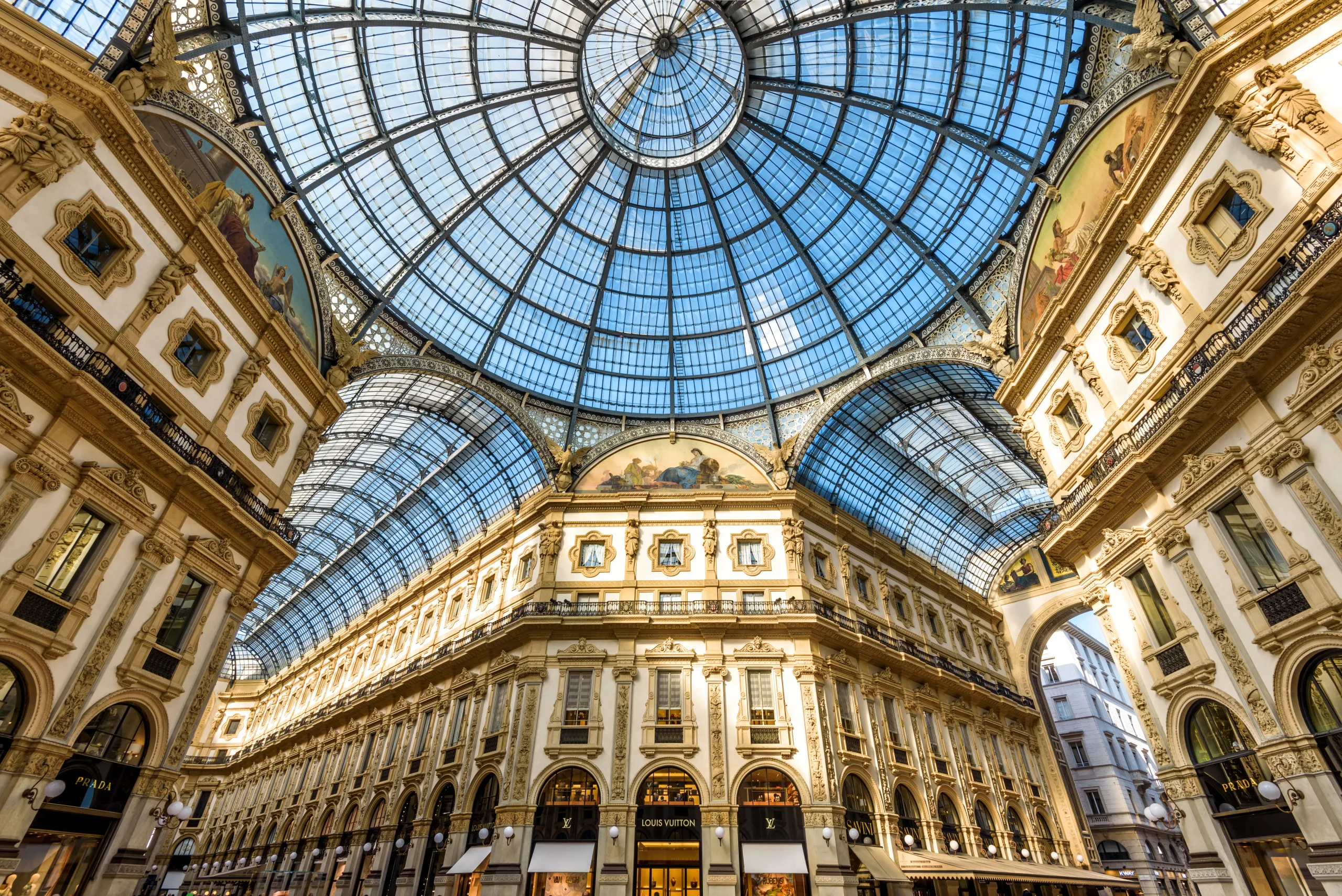
Living in Milan: At the Heart of Fashion, History, and Modernity
Milan, Italy’s fashion and financial capital, is not only renowned for its luxury boutiques and dazzling designs but also for its rich history, vibrant culture, and high standard of living. So, what is it like to live in Milan? Let’s explore together.
1. The Magic of Milan: Where History Meets Modernity
Milan is home to magnificent Gothic architecture like the Duomo Cathedral, while also stretching toward the future with ultra-modern skyscrapers in Porta Nuova. Every corner reflects the Renaissance: Leonardo da Vinci’s Last Supper, Sforza Castle, and the Brera Art Gallery are unmissable stops for art lovers.
2. Cost of Living: Luxury and Affordable Options
Although Milan is among the most expensive cities in Italy, it still offers more reasonable prices compared to other European capitals.
3. Job Opportunities and Economy
Milan is a global hub for fashion (Armani, Prada, Versace), finance (Borsa Italiana), and design.
4. Social Life and Entertainment
5. Transportation and Travel
6. Disadvantages
Conclusion: Who Should Live in Milan?
If you are looking for fashion, design, dynamic work life, and a cosmopolitan environment, Milan will captivate you. However, for a quieter and more affordable Italian experience, smaller cities like Bologna or Florence are excellent alternatives.
Milan is not just a city; it’s a lifestyle!
Share your Milan experiences in the comments! 🇮🇹✨
#Milan #Italy #ExpatLife #FashionCapital #LivingGuide
